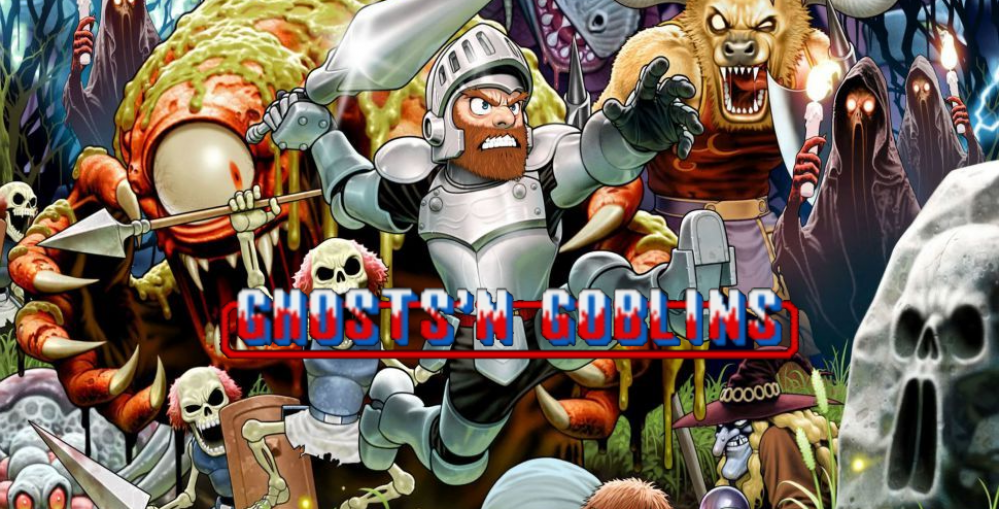
Ghosts and Goblins
Planning an endless runner
In the 80s, our sideways scrollers (like Ghosts and Goblins) tended to feature running left-to-right and jumping over obstacles vertically. But these gameplay mechanics don’t necessarily translate that well into a tabletop game.
However, we also had a type of “endless scroller” format that is more closely aligned with the proposed game – the vertical scroller (e.g games like Rambo Part II or Commando)
While the player can roam left and right, the game generally scrolls vertically, with the player making progress as they travel “upwards” through the game.
So how about we take the idea of a horizontal scroller, and the play-style of a vertical scroller? And instead of jumping over graves and climbing up ladders, our hero Sir Arthur could move between gravestones and cemetery gates and fences, making his way from left-to-right across the multi-tile map.
To simulate a side-scroller, we would need a relatively small amount of table-space, just a few tiles, and a few pieces of terrain (that we remove and re-introduce onto the playing area as our hero progresses throughout the game).
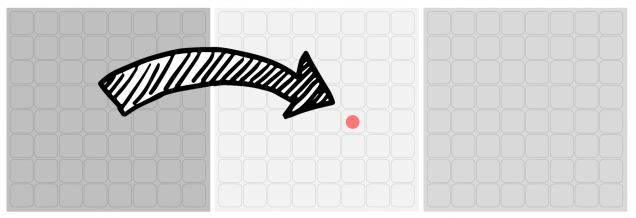 As the player progresses from the left-most tile onto the "middle" tile, all terrain, baddies etc. can be removed from the tile they are leaving....
As the player progresses from the left-most tile onto the "middle" tile, all terrain, baddies etc. can be removed from the tile they are leaving....The map could be created by selecting a card, depicting a pre-defined tile layout. For each “level” in the game, we could have a set number of cards which are shuffled (so the order in which they are revealed changes every time).
A number of these cards are counted off and placed to one side. These represent the map tiles that the player will travel through. We then introduce the “end of level baddie” card to the remaining cards, shuffle them, and add the first packet of cards on top.
This means that the player will never be certain of when they will encounter the end-of-level baddie (though this also ensures that a minimum number of tiles are played and the level can’t end on the turn of the first card!)
Tiles might include cemetery gates/fences (shown as black lines in this map example). They could also include obstacles like gravestones.
The red squares indicate starting points for enemies.
As with the tile placement, we could have a deck of cards for the enemies. Whenever a new tile is revealed, the baddies are placed on it (placing them from left-to-right, top-to-bottom).
For each baddie starting square on the new tile, the player draws a baddie card and places a miniature representing that baddie type on the square. Some baddie cards may be blank, so different baddies can appear at different places on the tile with each play-through.
Treasure tokens are placed on the gold squares and when the player reaches a token, they draw a treasure card from the treasure deck. Treasure might be additional weapon types, items necessary to complete the quest or special action cards.
EDITED:
For an ultra-compact game, we might even consider just two tiles at a time?
The idea with three was originally that our hero would spend most of their time in the middle tile, and when they stepped onto either of the “outer” tiles, the map would “shift”, allowing you to travel easily both left-to-right and right-to-left.
We might still keep this mechanic:
So the tiles are laid out 1, 2, 3. You start on tile one and move your character onto tile two. The map stays as it is. Only now, if you step onto tile 3, we remove tile 1 and it becomes tile 4. So our hero is always on the ‘middle tile’ (on a map made up of tiles 2, 3 and 4).
Generally in a side-scrolling shoot-em-up you tend to travel in one direction, not backwards and forwards (and keeping track of which treasure items you’ve collected if you turn around and run back three or four tiles could be a pain). So I scrapped this idea for a “forwards-only” type game.
So not sure whether to keep with the original mechanic or go with as written – where you travel left-to-right and don’t go backwards (in which case, only two tiles might be needed).





























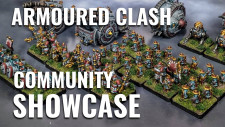

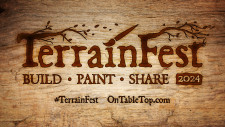
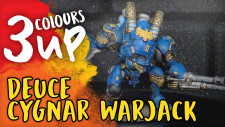
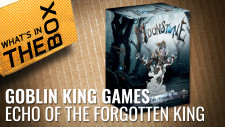
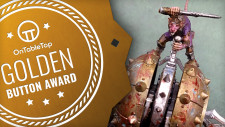






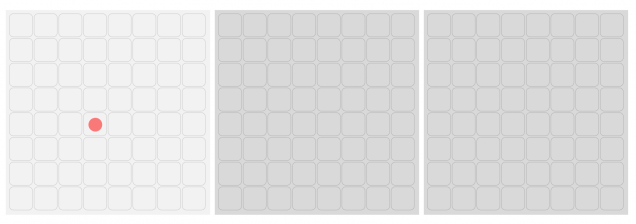
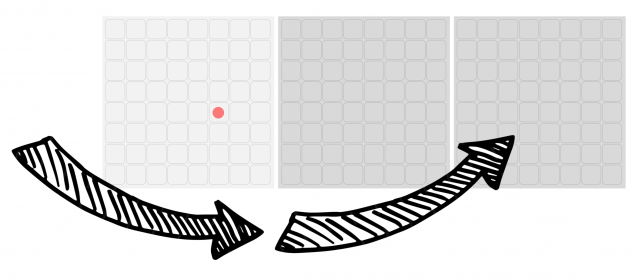


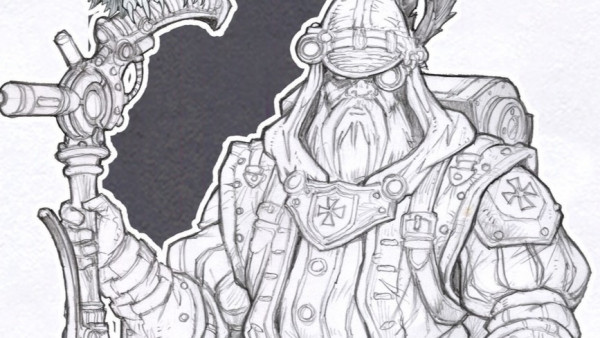
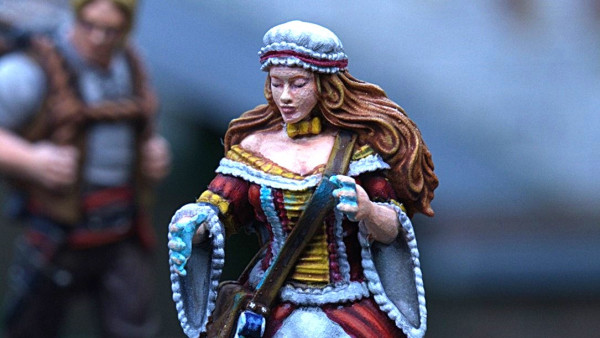


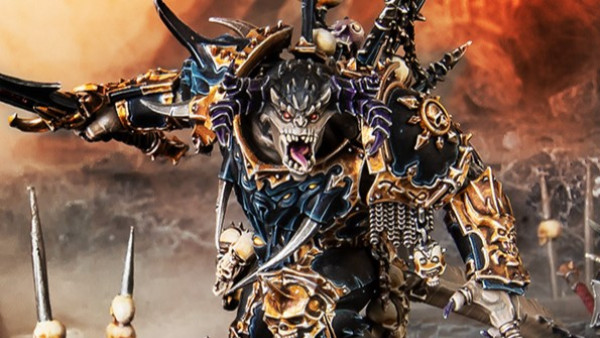
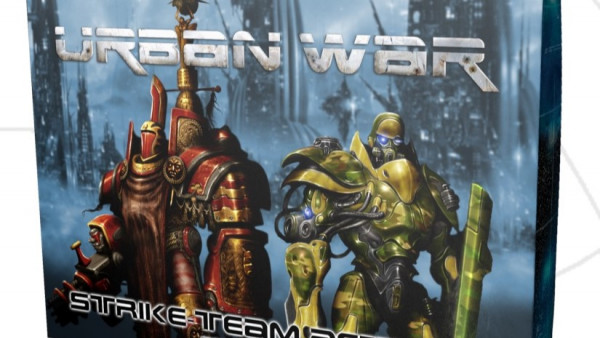
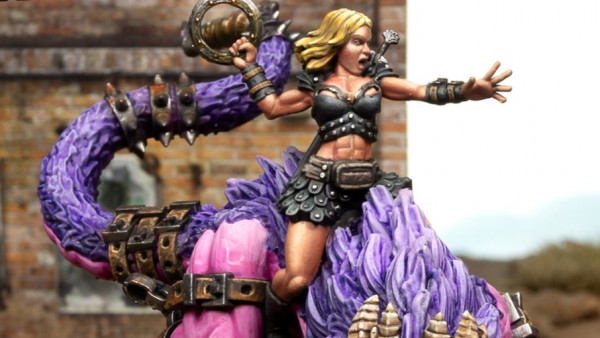
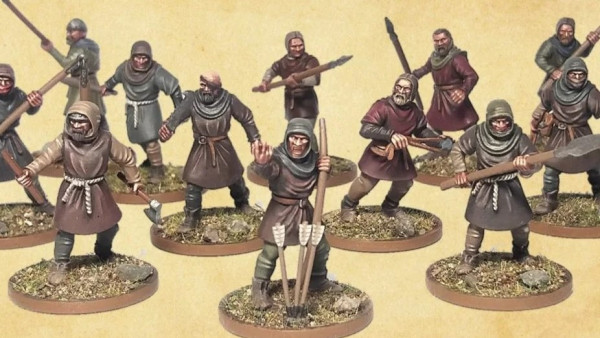


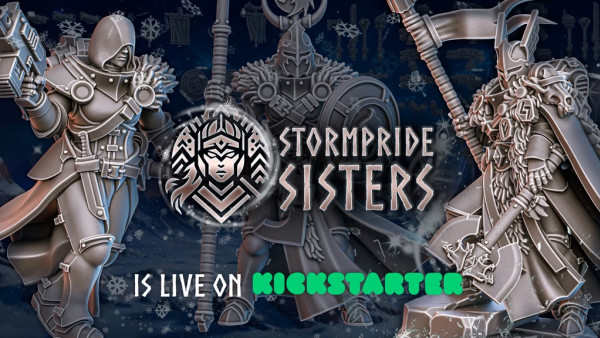

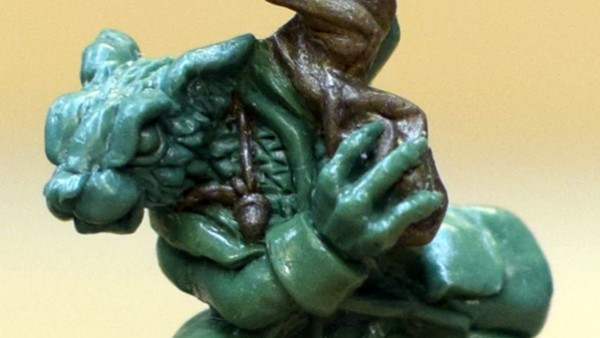

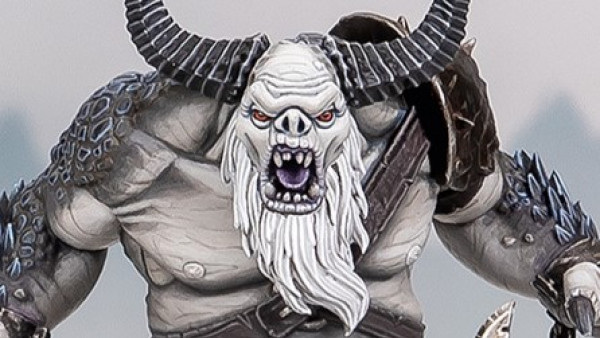
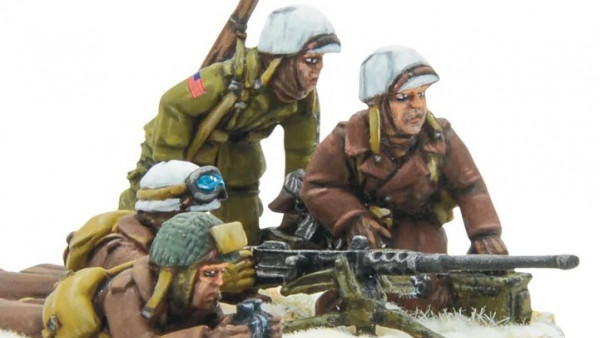
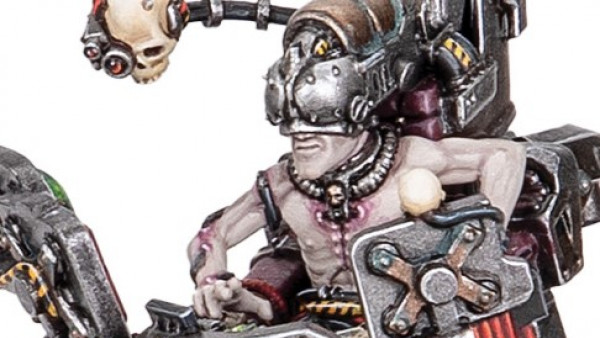
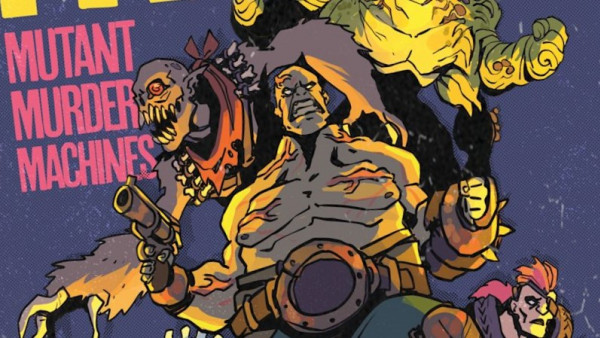

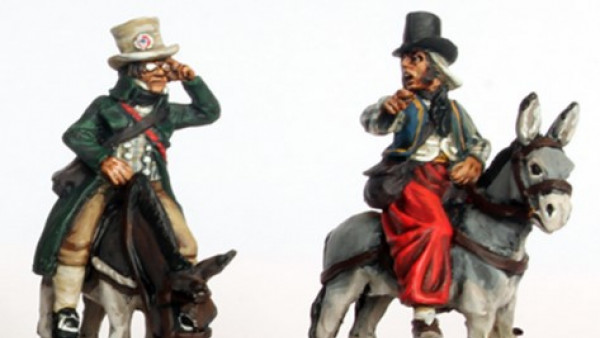
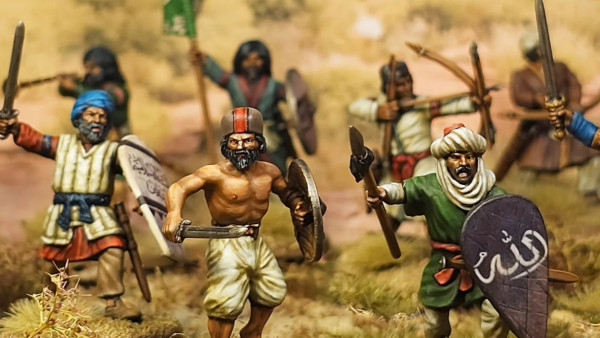
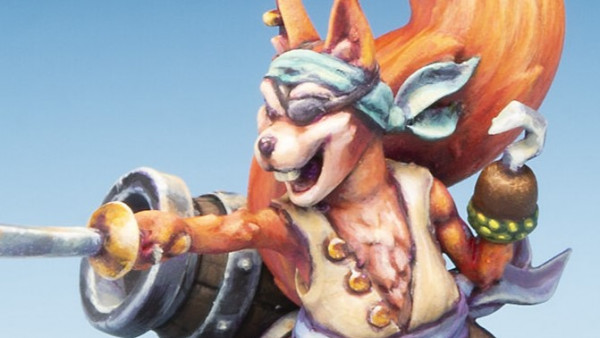

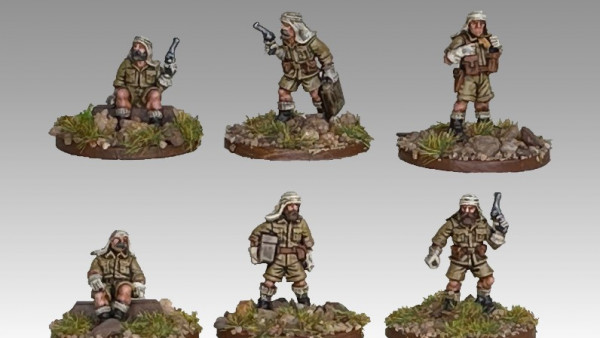
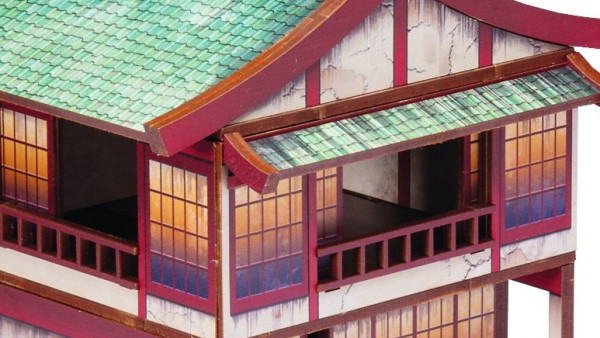


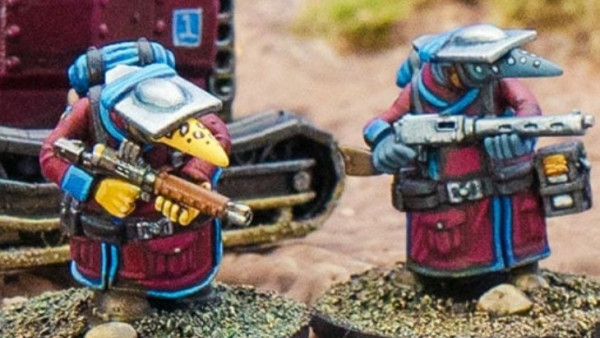
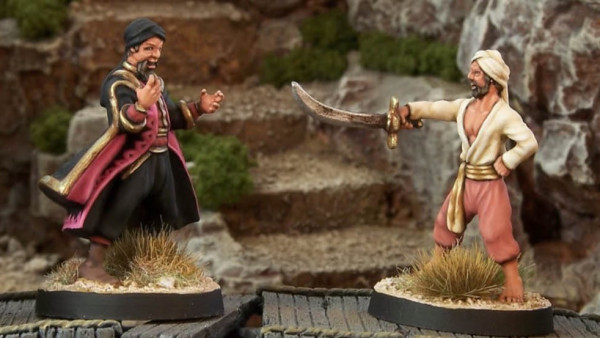



For an ultra-compact game, we might even consider just two tiles at a time? The idea with three was originally that our hero would spend most of their time in the middle tile, and when they stepped onto either of the “outer” tiles, the map would “shift”, allowing you to travel easily both left-to-right and right-to-left. Might keep this mechanic. So the tiles are laid out 1, 2, 3. You start on tile one and move your character onto tile two. The map stays as it is. Only now, if you step onto tile 3, we remove tile 1 and… Read more »